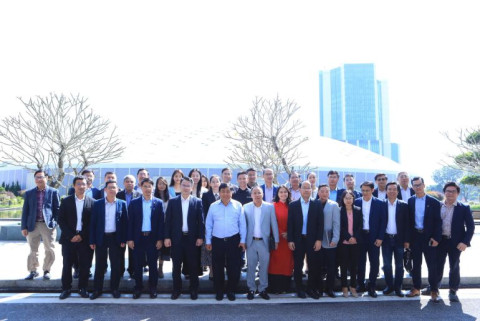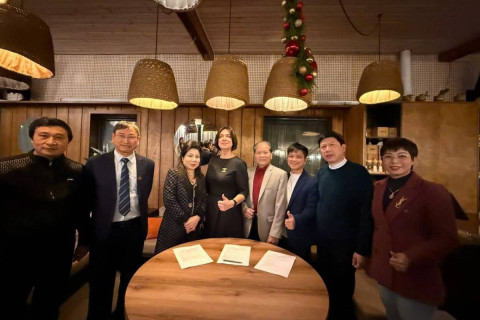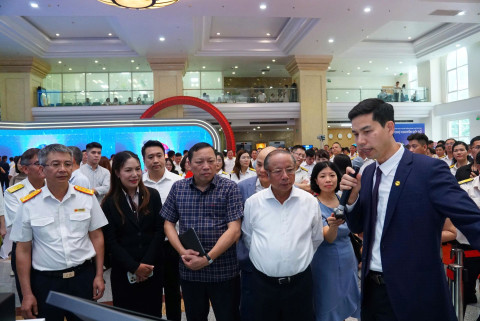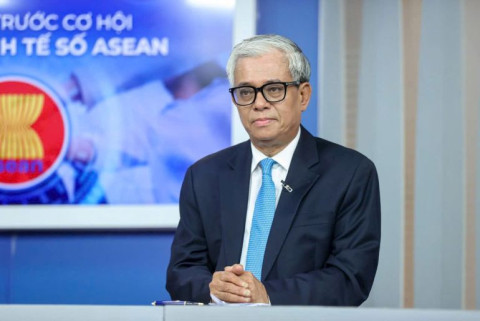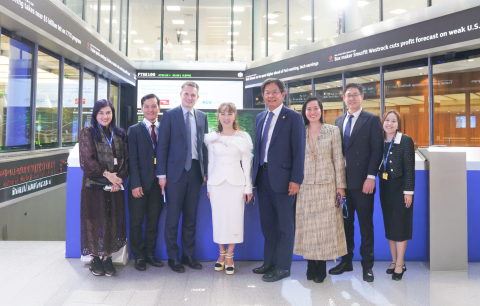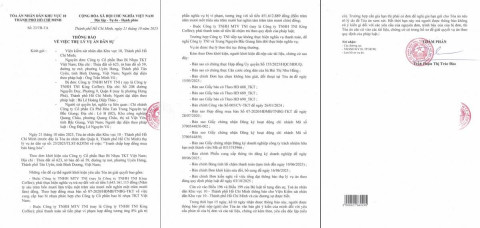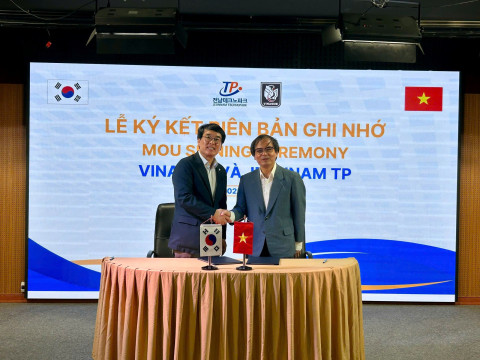Ba Ria - Vung Tau: Workshop on "Experience in implementing social housing projects..."
- 319
- Business
- 15:19 15/07/2024
DNHN - On the evening of July 13th, the Provincial Architects Association of Ba Ria - Vung Tau held a workshop on "Experience in implementing social housing projects by Ong & Ong Group in Singapore and Malaysia, lessons learned for Vietnam".

On the evening of July 13th, the Provincial Architects Association of Ba Ria - Vung Tau held a workshop on "Experience in implementing social housing projects by Ong & Ong Group in Singapore and Malaysia, lessons learned for Vietnam". The workshop was attended by leaders of the Vietnam Architects Association, the Provincial Department of Construction, and representatives from various sectors, industries, and professional associations within and outside the province.
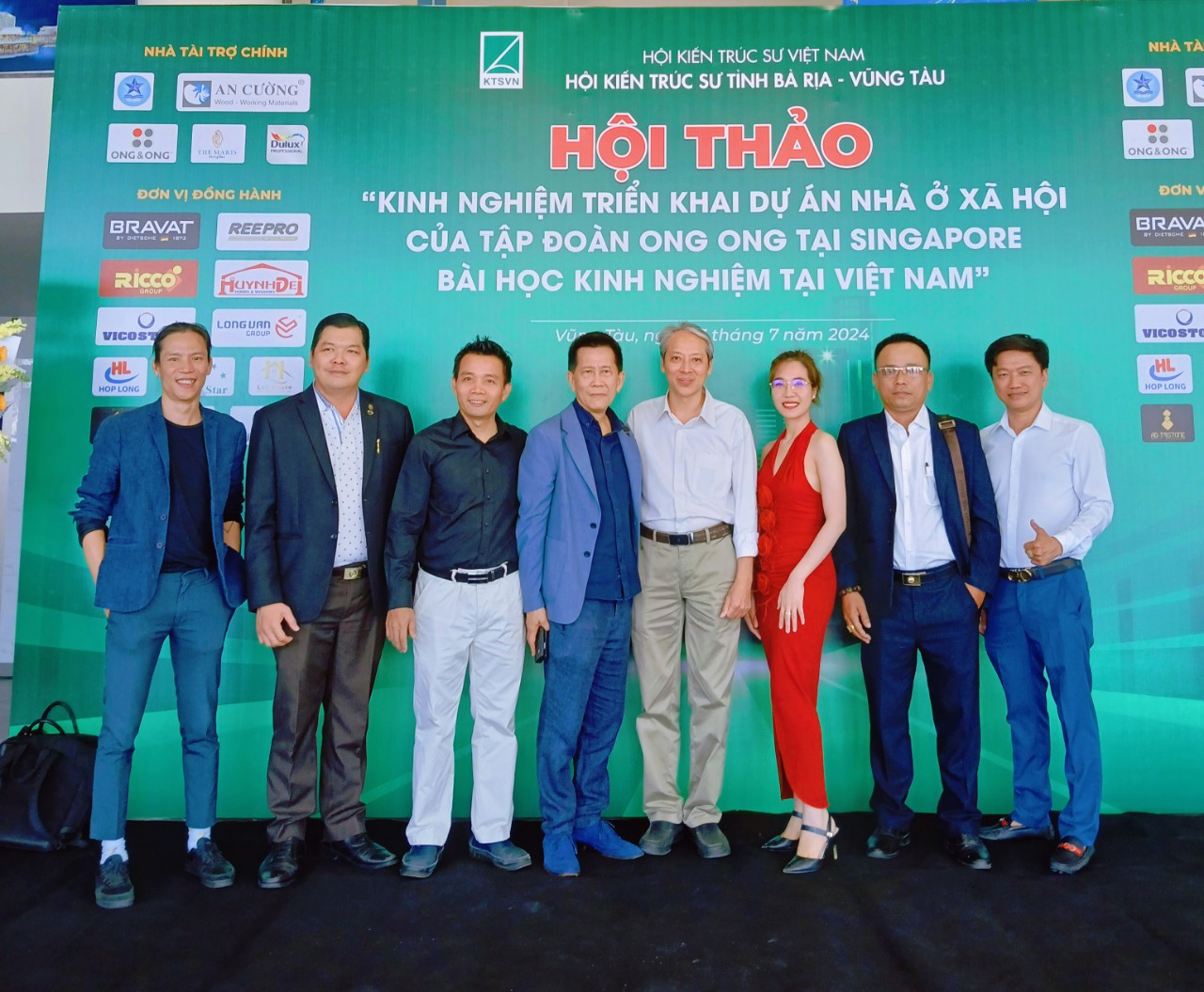
Architect Nguyen Duc Lap, Chairman of the Provincial Architects Association, provided a keynote report. He highlighted the provincial policy to develop a social housing fund to provide stable housing for a segment of officials, civil servants, public employees, and armed forces personnel currently living in rented or borrowed accommodations. This initiative has garnered special attention from the Provincial Party Committee and the Provincial People's Committee.
According to Mr. Nguyen Duc Lap, from 2015 to 2020, the province completed 22 social housing projects with a total of 3,321 apartments. This included 9 projects for low-income individuals and 13 projects for workers.
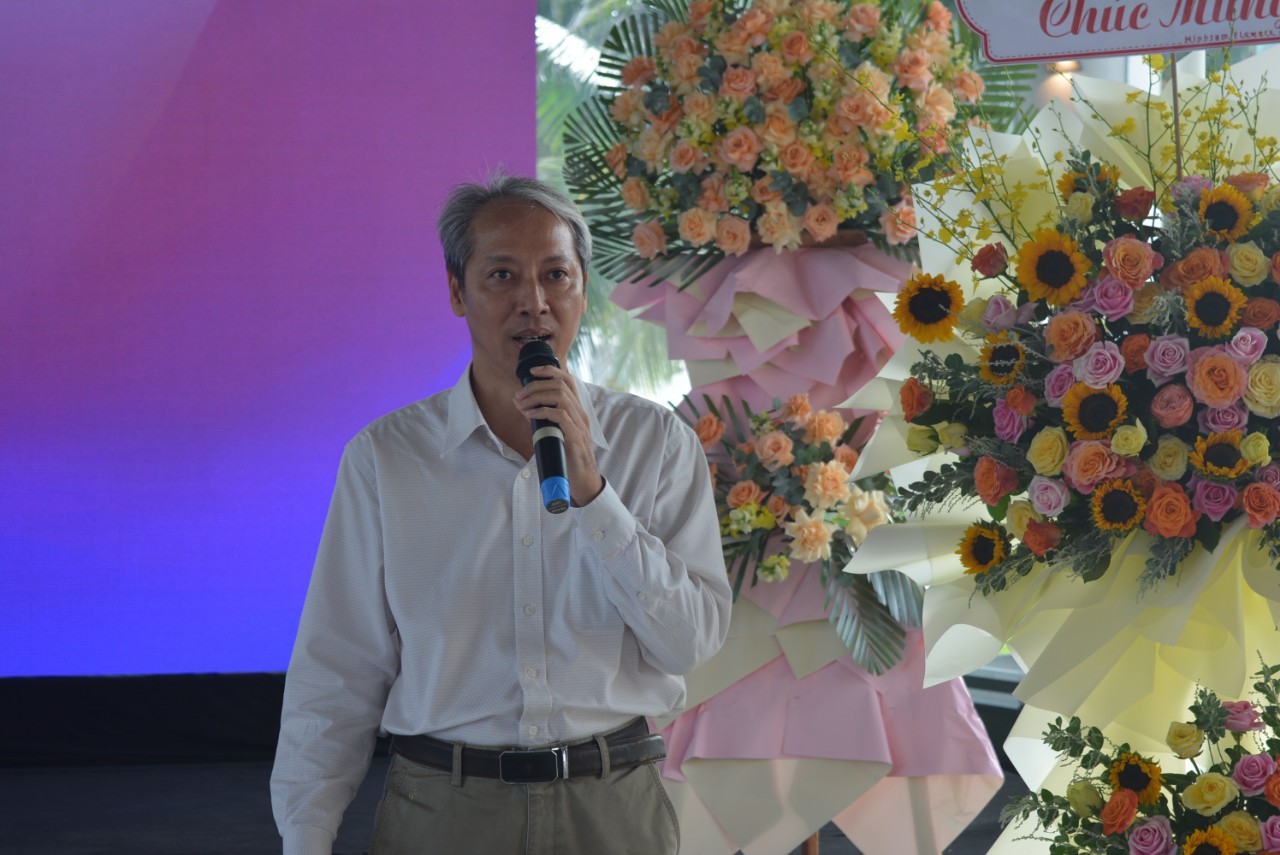
Despite the efforts, the number of social housing units only meets about 20% of the demand for workers and low-income individuals in the province. Most migrant workers rent rooms from local residents around industrial zones, with the highest demand in Vung Tau City and Phu My Town.
Projections indicate that by 2025, with 16 industrial zones in operation, there will be approximately 12,000 workers needing housing. By 2030, with 19 industrial zones operational, the number of workers needing housing is expected to be around 15,000.
The need for social housing for officers and professional soldiers in the armed forces is projected to be 918 individuals from 2021-2025 and 889 individuals from 2026-2030. For civil servants and public employees, the demand is estimated at 4,078 individuals by 2025 and 4,732 individuals by 2030.
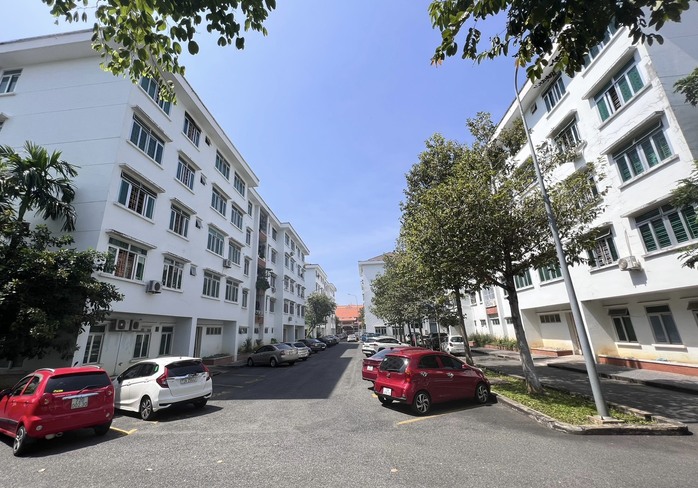
For low-income individuals, surveys and research suggest that by 2025, about 65,513 people will need social housing support, and this number will increase to approximately 72,288 by 2030 (including the demand from 2021-2025).
According to architect David Ching Heng Hoe, in Singapore, the Housing and Development Board (HDB) is tasked with providing affordable housing. HDB flats are leased for 99 years, meaning the ownership is temporary.
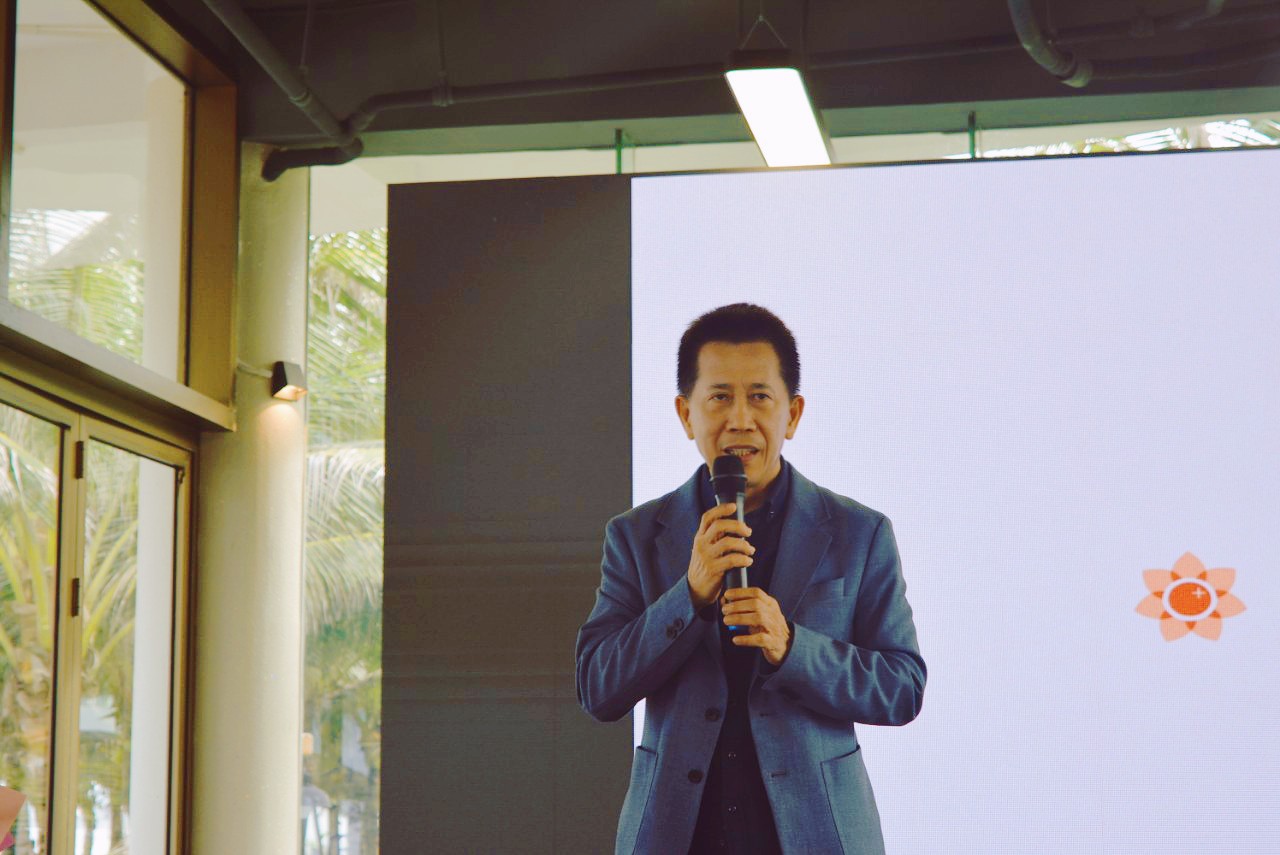
HDB flats come with a 99-year lease and are returned to HDB for redevelopment at the end of the lease. Buyers can utilize bank loans, HDB loans, cash payments, or funds from the Central Provident Fund (CPF), which is a social security savings plan for retirement.
The development of social housing in Singapore is integrated with existing urban infrastructure, including roads, transportation, schools, medical services, and recreational facilities.
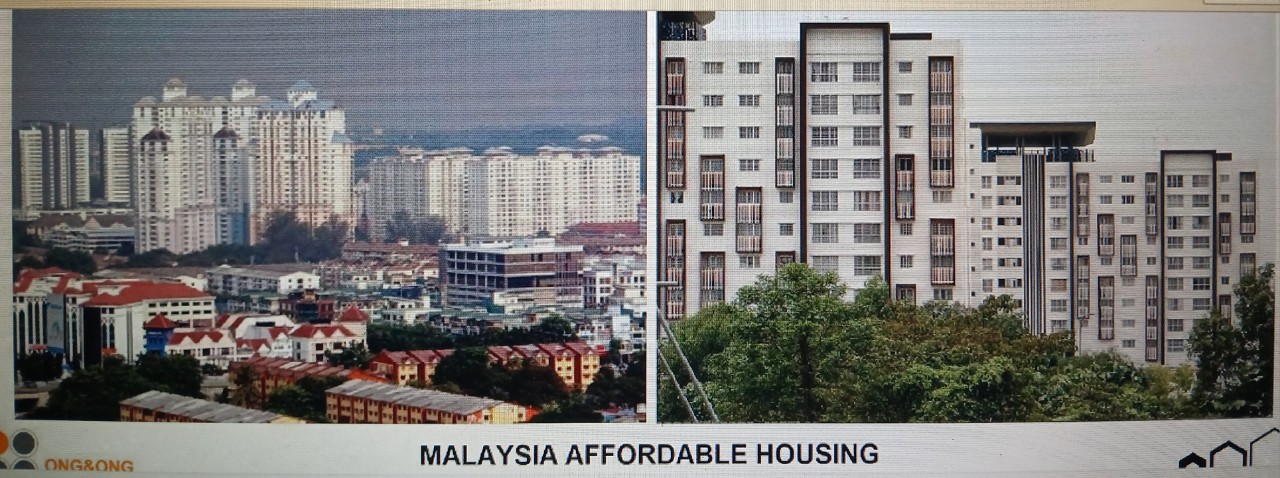
HDB has built hundreds of thousands of apartments in social housing projects. These residential areas are planned as "new town" models, with full amenities including restaurants, shops, schools, and even religious facilities. The town centers often have clinics, bus stops, subway stations, or shopping centers. The buildings vary in height, but the typical apartment size ranges from 32 to 130 square meters.
Singapore began constructing social housing at the end of the 1940s. In the following decade, the country built 20,000 apartments but still insufficient to meet the needs of about 1.6 million people. After the Housing and Development Board (HDB) was established in 1960, 31,000 new apartments were built.
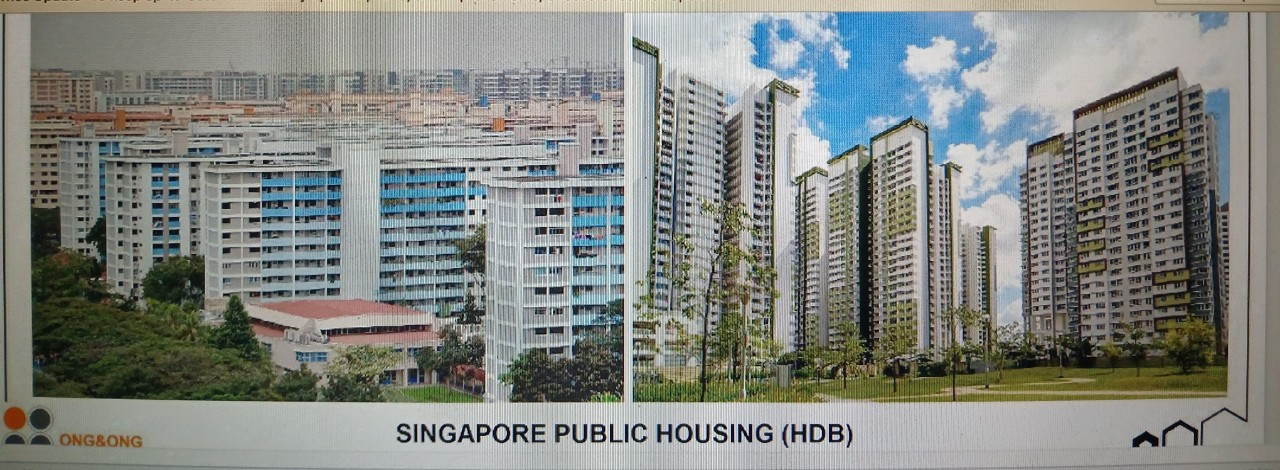
"In 1964, the Singapore government issued a homeownership program for its citizens, which became the foundation of Singapore's social housing policy. A few years later, in an effort to help more people own homes, Singapore allowed citizens to use savings from the government's retirement fund to make down payments and monthly installments when purchasing homes," said Mr. David Ching Heng Hoe.
It is known that recently, the People's Committee of Ba Ria-Vung Tau province issued a directive to enhance the development of social housing within the province. This has been identified as a political task, where local authorities play a decisive role in the success of the social housing development program. The directive requires the heads of departments, agencies, and chairpersons of the People's Committees of districts and cities within the province to create favorable conditions regarding land, administrative procedures, etc., to mobilize real estate businesses, enterprises employing many workers, and citizens to participate in investing in the development of social housing, especially for workers in industrial zones and clusters within the province, aiming to improve housing for the people and workers.
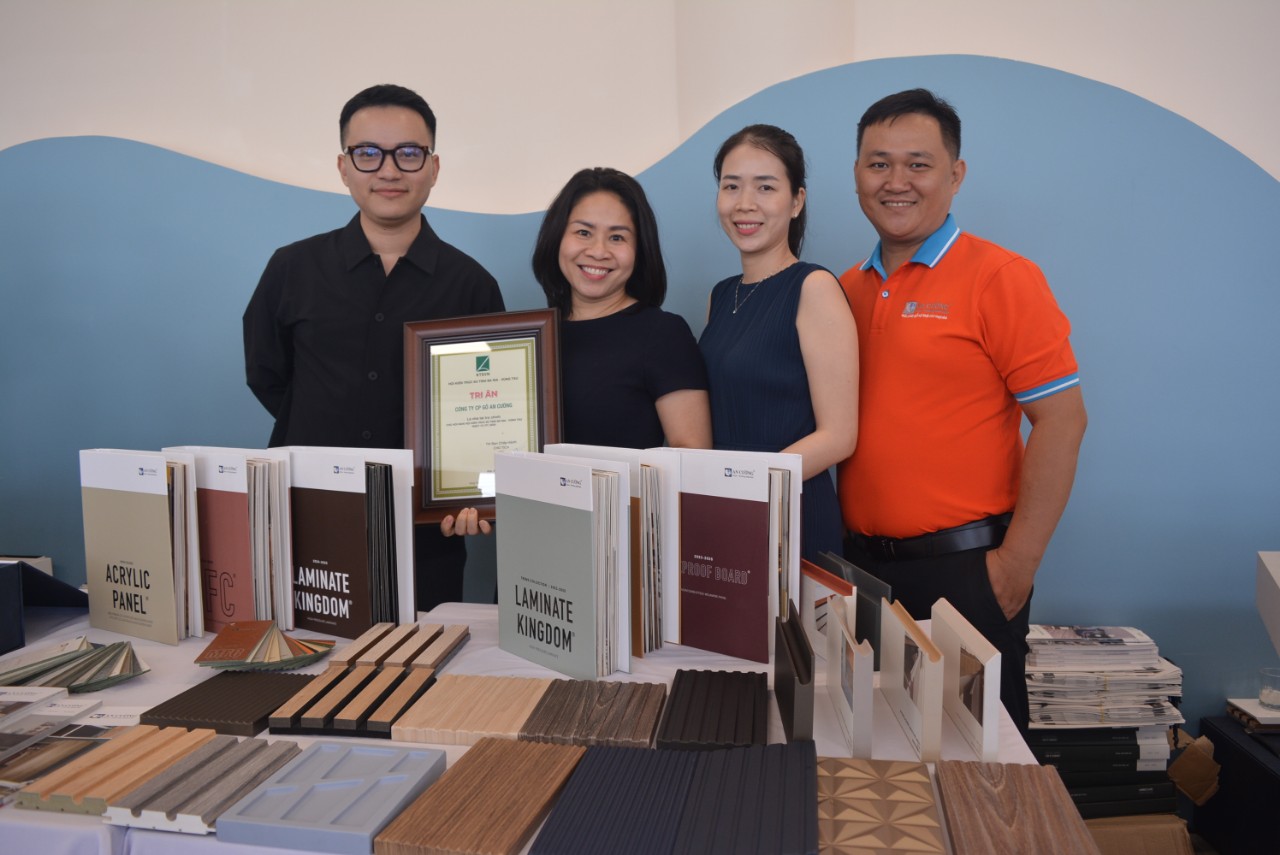

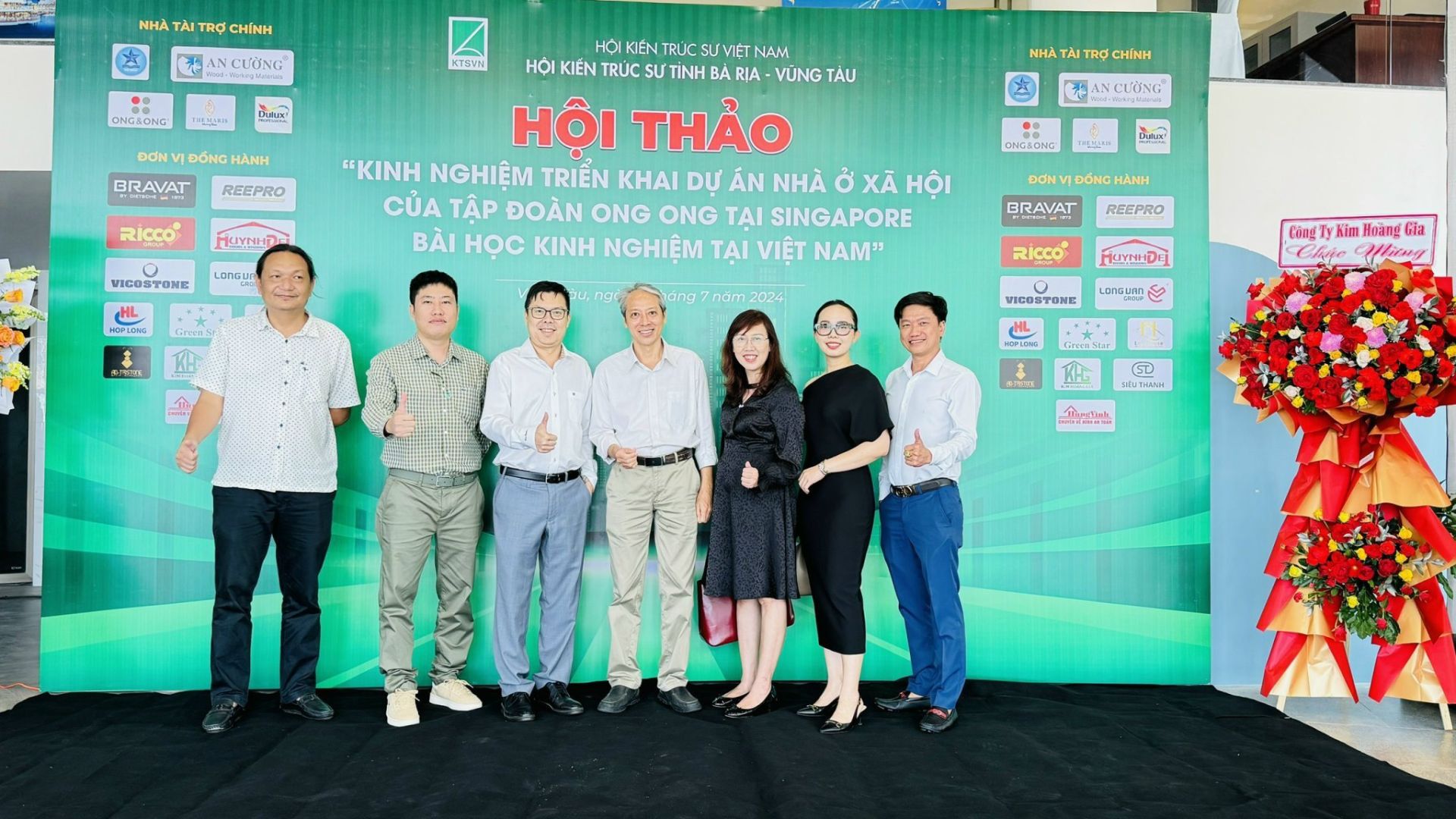
Bich Lien
Related news
#Real estate
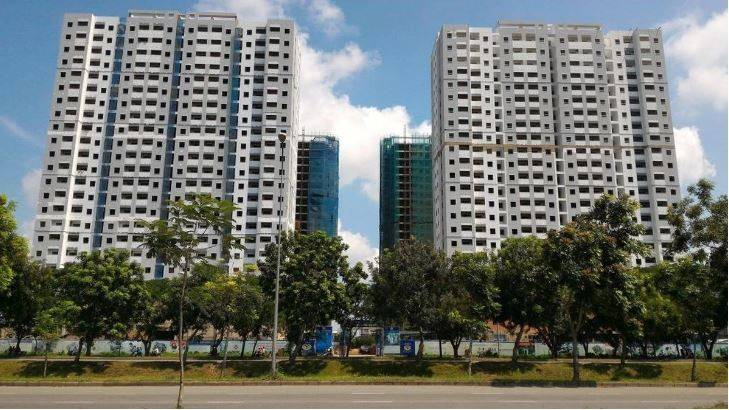
Who are the two mysterious female tycoons holding 52 million HQC shares?
Two female tycoons have emerged as major shareholders of Hoang Quan Consulting-Trading-Service Real Estate Corporation (HQC), holding a combined 52 million shares, with investments totaling hundreds of billions of VND.
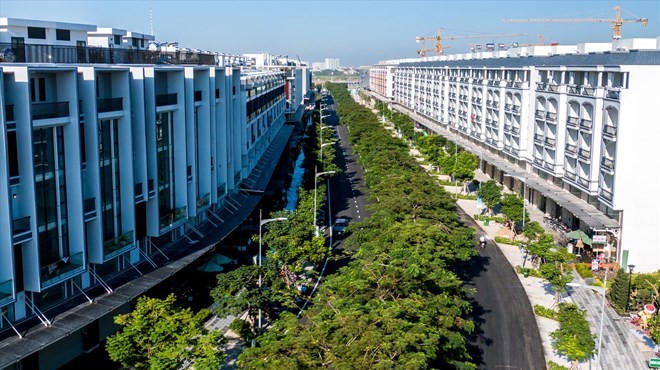
More than 1,000 new real estate businesses established in Ho Chi Minh City, transactions grow
In the first nine months of 2024, Ho Chi Minh City's real estate market witnessed the establishment of over 1,000 new businesses and recorded 1,600 property transactions, signaling a positive recovery trend.
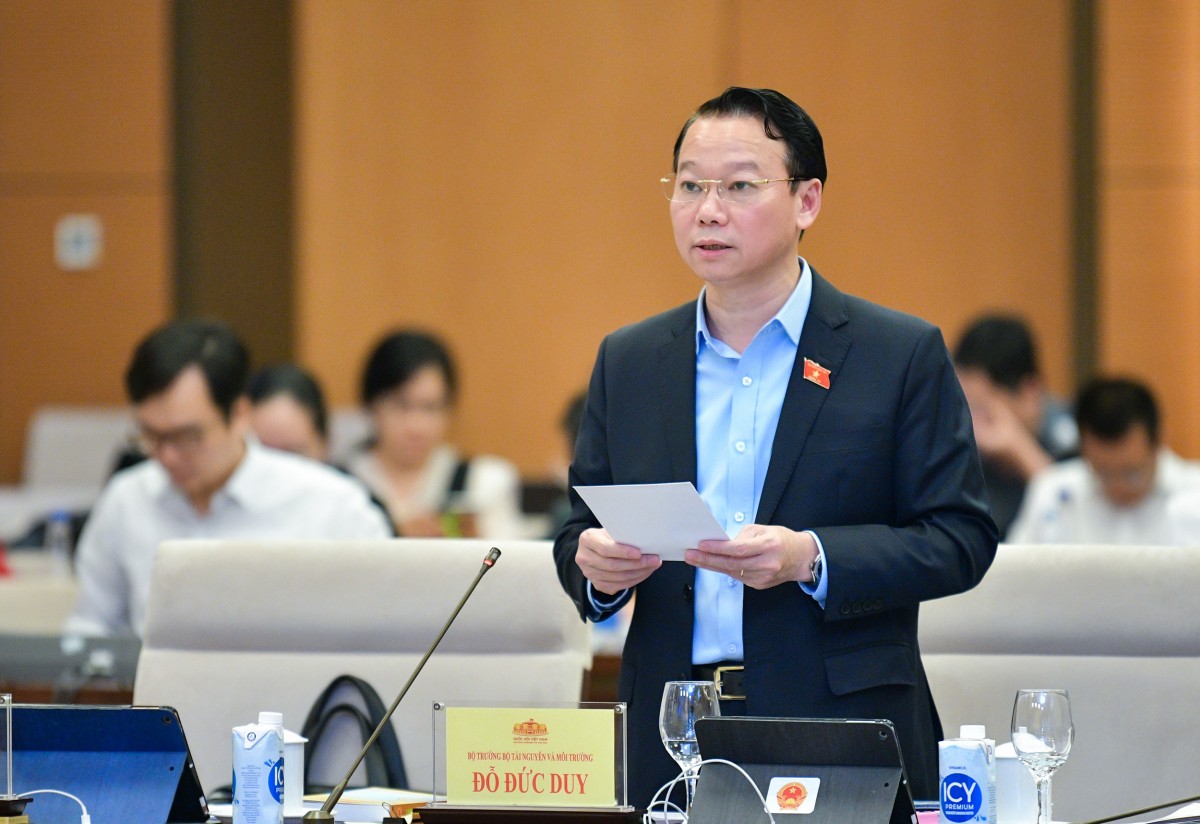
Pilot project for commercial housing to expand land use rights
The National Assembly Standing Committee has submitted a pilot project on commercial housing through land use rights agreements for National Assembly consideration, aiming to unlock resources.

Assoc. Prof. Dr. Tran Kim Chung: The 1987 Land Law laid the foundation for the real estate market
Assoc. Prof. Dr. Tran Kim Chung, former Deputy Director of the Central Institute for Economic Management, states that the 1987 Land Law laid the groundwork for the development of the real estate market.
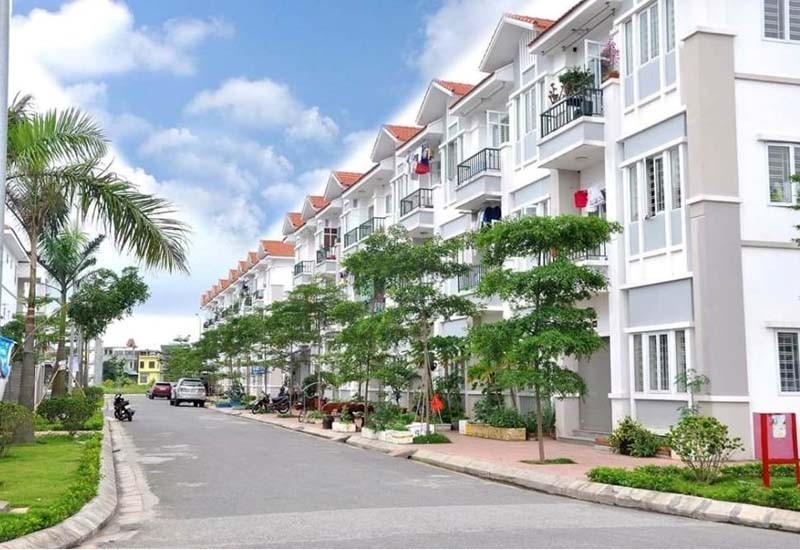
Draft resolution on commercial housing: A new opportunity for the real estate market
Amid the challenges facing Vietnam’s real estate market, the addition of a Draft Resolution piloting commercial housing projects brings renewed hope to citizens and promises to boost economic development.
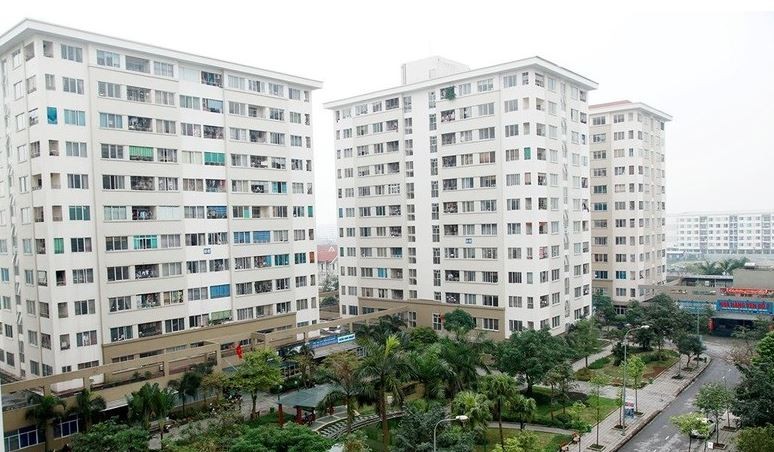
Social housing loan package increased to VND 145 trillion
The social housing loan package, originally valued at VND 120 trillion, has been raised to VND 145 trillion with the participation of nine banks, drawing attention from businesses and consumers.
Đọc thêm Business
From New Year messages of World Leaders to the “new rules” of the Global economy in 2026
At a pivotal moment of transition, New Year messages from capitals such as Hanoi, Beijing, Washington and Paris reflect distinct priorities and strategic visions.
Connecting Leaders, Shaping the Future: Strategic Leadership Planning Meeting – CorporateConnections Hanoi A
"Your network is your most powerful flowing asset. It generates value, multiplies opportunities, and accelerates your influence across borders."
Innovative ESG enterprise: Trạm Xe Việt startup proposes solutions to build a green mobility ecosystem
As Vietnam commits to achieving Net Zero by 2050 and tightens emissions standards, the transportation sector faces unprecedented pressure to transform.
Deputy Prime Minister Nguyễn Chí Dũng: “The country’s major challenges weigh heavily on my mind — and we must resolve them together.
On the morning of November 26, 2025, Deputy Prime Minister Nguyễn Chí Dũng chaired a high-level working session at the National Innovation Center (NIC) in Hòa Lạc.
Unitsky String Technologies signs cooperation agreements with three Vietnamese partners, opening a new direction for smart mobility and sustainable development
The signing ceremony took place in Minsk, Belarus, on November 28, 2025.
Before the D‑day to abolish flat‑rate tax: Fear of technology and costs leave small traders struggling to adapt
From 1 January 2026 the flat‑rate tax regime will be abolished. Small business households will be required to declare tax based on actual revenue. MISA supports the transition with technology to help micro‑merchants adapt smoothly and transparently.
Vietnamese enterprises at a crossroads: the impact of a potential US–China deal
As the world closely monitors every shift in US-China relations, emerging signals of a strategic agreement between the two global powers are raising hopes for global economic stability.
HDBank: Impressive profit growth, leading in profitability and advancing international integration
Ho Chi Minh City Development Joint Stock Commercial Bank (HDBank, stock code HDB) announced its consolidated profit before tax for the first 9 months of 2025 reached VND 14,803 billion, marking a 17% increase year-on-year (YoY).
TNI King Coffee sued for over VND 5 Billion in unpaid debts
On October 21, 2025, the People’s Court of District 10 in Ho Chi Minh City officially accepted a civil lawsuit concerning a commercial contract dispute between TKT Vietnam Plastic Packaging Joint Stock Company and TNI King Coffee Co., Ltd.
VINASME and Jeonnam Technopark Sign MOU on technology cooperation, human resource training, and trade promotion
On October 15, 2025, in Hanoi, VINASME and Jeonnam Technopark (Korea) signed an MOU to promote trade, advance technology transfer, and develop human resources between enterprises of both nations.





